The Manx Shearwater is a medium-sized shearwater in the seabird family Procellariidae, photo immediately below. The scientific name of this species is Puffinus puffinus. It’s a tautonym, which means the name repeats to indicate this species is the “type” for the family.
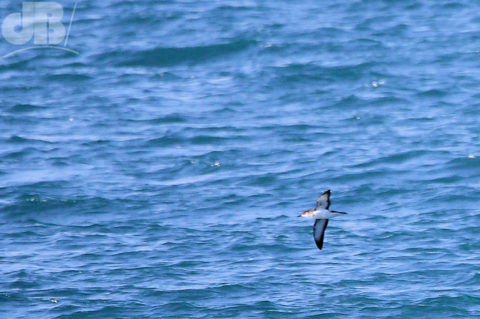
But, you’re perhaps wondering why isn’t it the Atlantic Puffin with its colourful beak the bird that gets to be called the “type” of the family instead of this largely black and white seabird. Well, the answer lies in the fact that Manx shearwaters were known as Manks Puffins in the 17th century. The word puffin has an Anglo-Norman etymology (in Middle English it’s pophyn) and it means “the cured carcasses of nestling shearwaters”, a delicacy at one time. So, back when animals were being given their scientific names and the science of taxonomy and its rules and regulations first being drafted by Carl Linnaeus, the Manx Puffin was the type and was given the appropriate name – Puffinus puffinus.
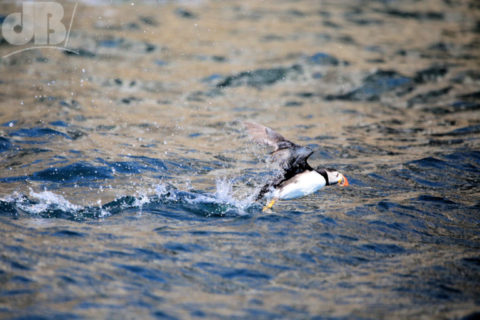
It is thought that the bird we commonly call the Atlantic Puffin today (Fratercula arctica) got its common name much later, perhaps simply because it has nesting habits similar to the Manx Shearwater.
We recently visited the Isles of Scilly (IOS), spent a few days island hopping from St Mary’s to Tresco, St Agnes and Gugh, St Martin’s, the Western Isles and Bishop Rock Lighthouse and the Eastern Isles. Given that Manx Shearwaters have started breeding here again we were hoping to see quite a few. I think in total we probably saw 20-30 over the course of the week whereas others had seen vast flocks of 1500-2000 the week before. Same applied to the Atlantic Puffins…we were there just a little bit too late in the season.
Meanwhile, we did take an evening pelagic (open-water) trip on a shark-fishing/bird-watching boat. The focus was very much the sharks for the fishermen at least.
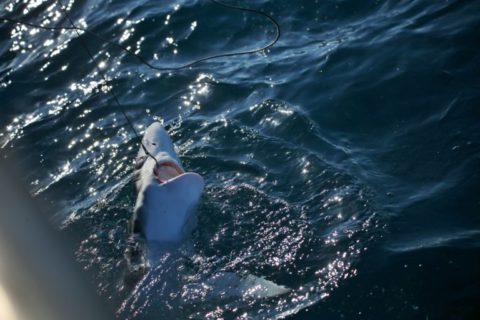
The sea anglers caught six (another six got away). The first and largest was 2.3m from tip of its nose to the tip of its tale and was caught by an 83-year old gent with only a little assistance from crew and fellow anglers. All the sharks were scientifically tagged and returned to the water alive and flicking.
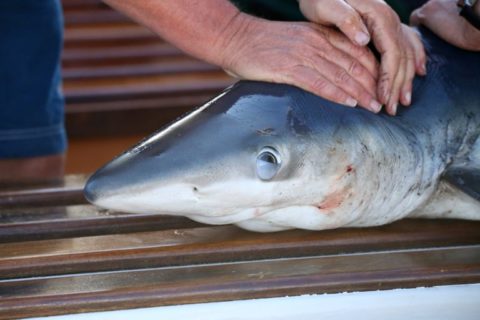
Our hope was to see a lot of Manx Shearwaters, like I said. I think we saw, at most three or four on that trip. We did see a lot of Gannets, Herring Gulls, several Fulmars, and a Great Skua.
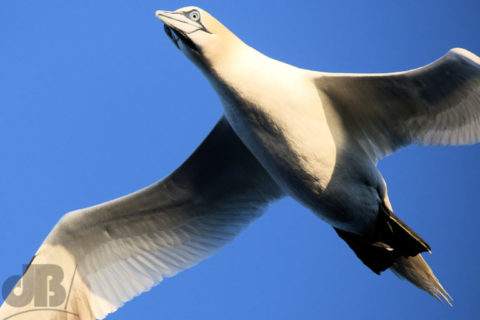
However, perhaps a highlight was the appearance of a school of short-beaked dolphins (pictured below) accompanied by some bottle-nosed dolphins as we headed back to St Mary’s at sunset. The photo below is of Short Beaks skimming alongside our ferry back to the mainland rather than the low-light snaps I got of the various dolphins on the evening pelagic.
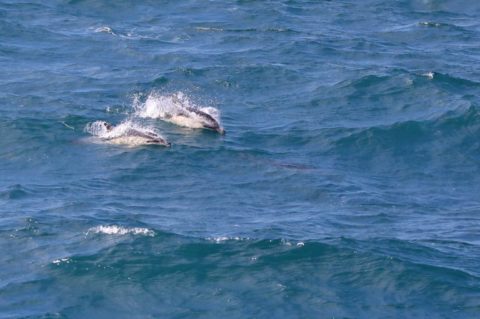
I’ve shared a gallery of my best bird photos from our IOS trip via a public link on Facebook and you can see the top 10% of all of our photos from the trip on Flickr.